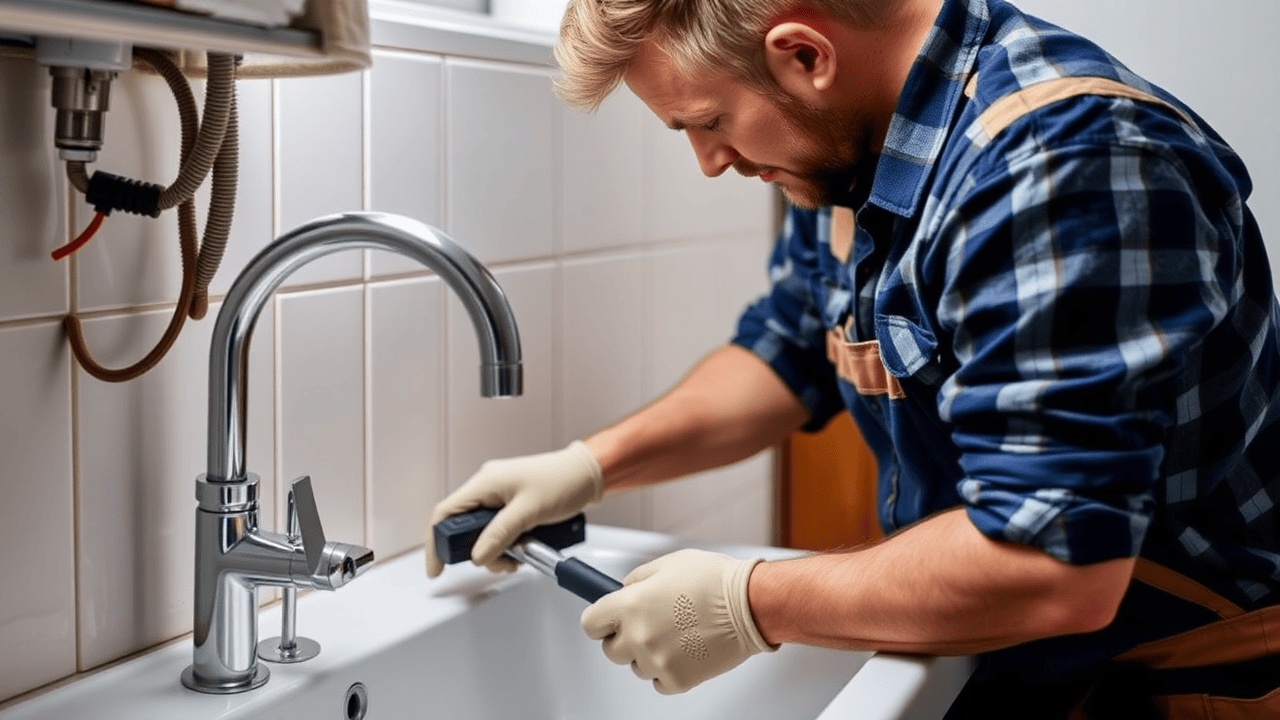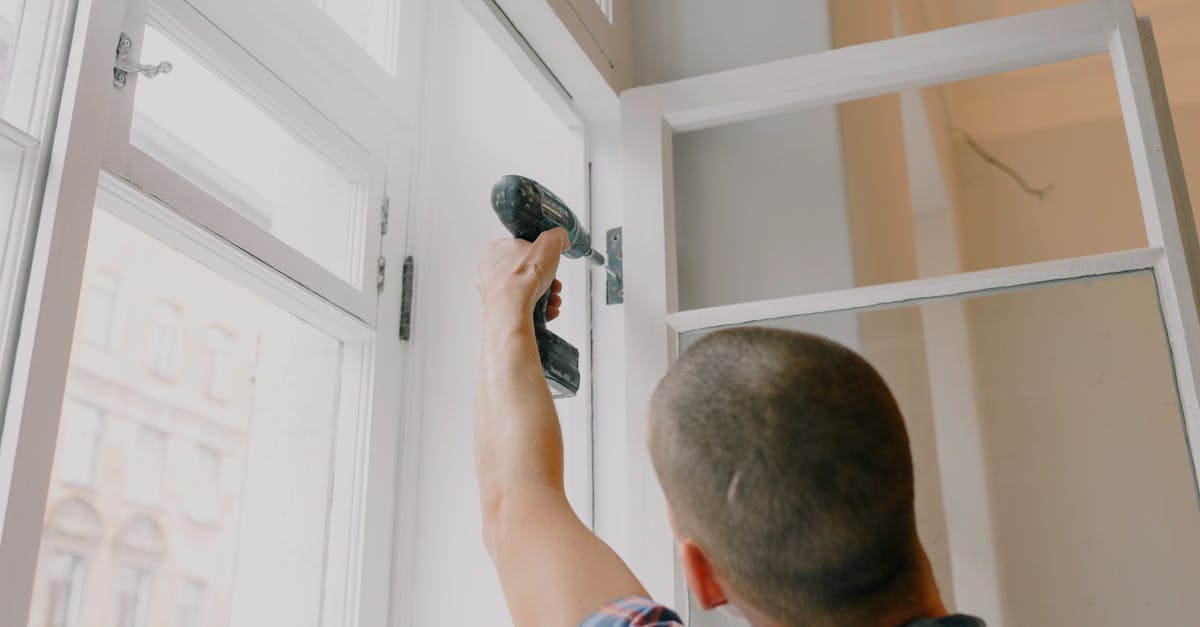
At Alpha Plumbing & Rooter Service, we specialize in professional sink installation and repair services tailored to meet the unique needs of our customers. Whether you're upgrading to a stylish new sink or experiencing leaks, clogs, or other issues with your existing one, our skilled team is equipped to handle it all. We prioritize quality workmanship and customer satisfaction, ensuring that your sink is installed correctly and functions flawlessly. With our extensive experience in plumbing, we provide reliable solutions that enhance both the functionality and aesthetic of your kitchen or bathroom. Trust Alpha Plumbing & Rooter Service for all your sink installation and repair needs—where service and expertise flow together seamlessly.
Repairing a Clogged Sink
Clogged sinks can disrupt daily routines, making it essential to address the issue promptly. A common cause of clogs is the accumulation of debris, such as food particles, grease, and soap scum. Regularly inspecting the sink's drain can help identify any buildup before it leads to a significant blockage. Utilizing a plunger is often the first step in clearing minor clogs. A few forceful pumps can create suction and help dislodge stubborn waste.
If plunging does not resolve the issue, consider using a drain snake. This tool can reach deeper into the plumbing system, breaking up or pulling out the obstruction. For more severe clogs, a mixture of baking soda and vinegar can prove effective. The combination creates a natural reaction that may help dissolve gunk within the pipes. Always remember to flush the drain with hot water afterward to ensure that any remaining debris is cleared away.
Effective Techniques to Clear Blockages
Clogs can often be managed using simple techniques that don't require professional help. One effective method involves boiling water. Pouring boiling water directly down the drain can dissolve soap scum or grease that may be causing the blockage. For tougher clogs, a mixture of baking soda and vinegar can work wonders. First, pour half a cup of baking soda into the drain, followed by half a cup of vinegar. Let the mixture sit for about 15 minutes before flushing it with hot water to dislodge debris.
For more persistent blockages, a plunger can be your best ally. Ensure there’s enough water in the sink to cover the plunger’s cup. A good seal is essential for creating the necessary vacuum. Press down firmly and pull up sharply. This movement can help dislodge the blockage. If these methods aren’t successful, using a plumber’s snake offers an alternative. This tool can extend deep into plumbing and reach clogs that other solutions cannot, helping to clear the way for smooth drainage once again.
Regular Sink Maintenance Tips
Routine sink maintenance is essential to prevent issues that can lead to costly repairs down the line. Regularly inspect the sink for any signs of wear or damage, such as cracks or loose fittings. Cleaning the drain with a mix of baking soda and vinegar helps eliminate buildup. This natural solution can break down minor clogs without harming your plumbing. Additionally, wipe down the surfaces and fixtures to prevent grime and mineral deposits from accumulating.
Keeping the sink area clear of clutter also contributes to its longevity. Ensure that items like soap dispensers and sponges are not left in standing water, as this can promote mold growth. Check the faucet for any leaks and address them promptly to avoid water waste. By adopting these simple practices, you create a more functional and hygienic space while extending the life of your sink.
Keeping Your Sink in Top Condition
Regular cleaning is crucial to maintaining the appearance and function of your sink. Food particles, soap scum, and grime can accumulate quickly, leading to unpleasant odors and potential blockages. A mixture of vinegar and baking soda can serve as an effective natural cleaner, breaking down buildup and leaving your sink sparkling. Afterward, rinsing thoroughly with hot water can help prevent future deposits from adhering to the surfaces.
Checking for leaks should also be part of your maintenance routine. Inspect the faucet and the plumbing under the sink for any signs of water pooling or drips. Tending to minor leaks promptly can prevent more significant issues down the line, such as water damage or mold growth. Additionally, examine the sink’s surface for scratches or chips that could compromise its integrity and consider refinishing or resurfacing if necessary.
Upgrading Your Sink
When considering an upgrade, it is essential to evaluate both functionality and aesthetics. A new sink can enhance the overall look of your kitchen or bathroom, making it not only more attractive but also more efficient for daily tasks. Options vary widely from materials like stainless steel to ceramic, each offering different durability and maintenance needs. Selecting the right style can significantly affect the ambiance of your space, whether you prefer a modern, sleek design or a classic farmhouse appearance.
Another critical aspect to contemplate is the layout and size of your current setup. An upgrade presents an opportunity to improve ergonomics, especially if the existing sink is challenging to use. Consider your daily habits and the typical number of users in your household when selecting a sink size and configuration. Additional features such as built-in cutting boards, integrated drainage systems, or double-basin designs can enhance convenience and versatility in your kitchen or bathroom.
Factors to Consider Before an Upgrade
Before deciding to upgrade your sink, it's crucial to assess your current needs and lifestyle. Consider how often you use the sink and for what purposes. If it's primarily for food preparation, a deeper or larger sink might be beneficial. Evaluate how many people regularly use the sink in your household. A simple replacement might be sufficient if it’s a single-user situation. On the other hand, families may require a more durable and spacious option, which can influence your choice of materials and design.
Budget plays a significant role in the decision-making process. Upgrading to a high-quality sink can involve considerable investment, not only in the sink itself but also in potential installation costs. Research various options available within your price range. Additionally, consider long-term durability and maintenance requirements. Investing in a sink that is easy to clean and resistant to wear can save money and effort over time. Balancing functionality, aesthetic appeal, and budget will help ensure that the upgrade meets your expectations and needs.
FAQS
What are the common signs that my sink is clogged?
Common signs of a clogged sink include slow drainage, gurgling sounds, unpleasant odors, and water pooling in the basin.
How can I effectively clear a clogged sink?
You can use techniques such as a plunger, a plumber's snake, or a mixture of baking soda and vinegar to clear minor blockages. For severe clogs, it may be necessary to call a professional plumber.
How often should I perform maintenance on my sink?
It’s recommended to perform regular maintenance on your sink at least once a month to ensure it remains in good working condition and to prevent clogs or leaks.
What are some tips for keeping my sink in top condition?
Regularly clean the sink to prevent buildup, avoid pouring grease down the drain, and check for any leaks or loose connections that may require attention.
When should I consider upgrading my sink?
You should consider upgrading your sink if it is damaged, outdated, no longer meets your needs, or if you are renovating your kitchen or bathroom for aesthetic or functional improvements.


